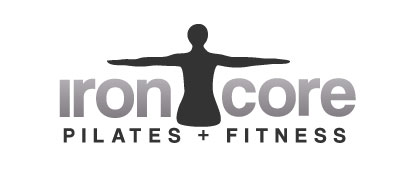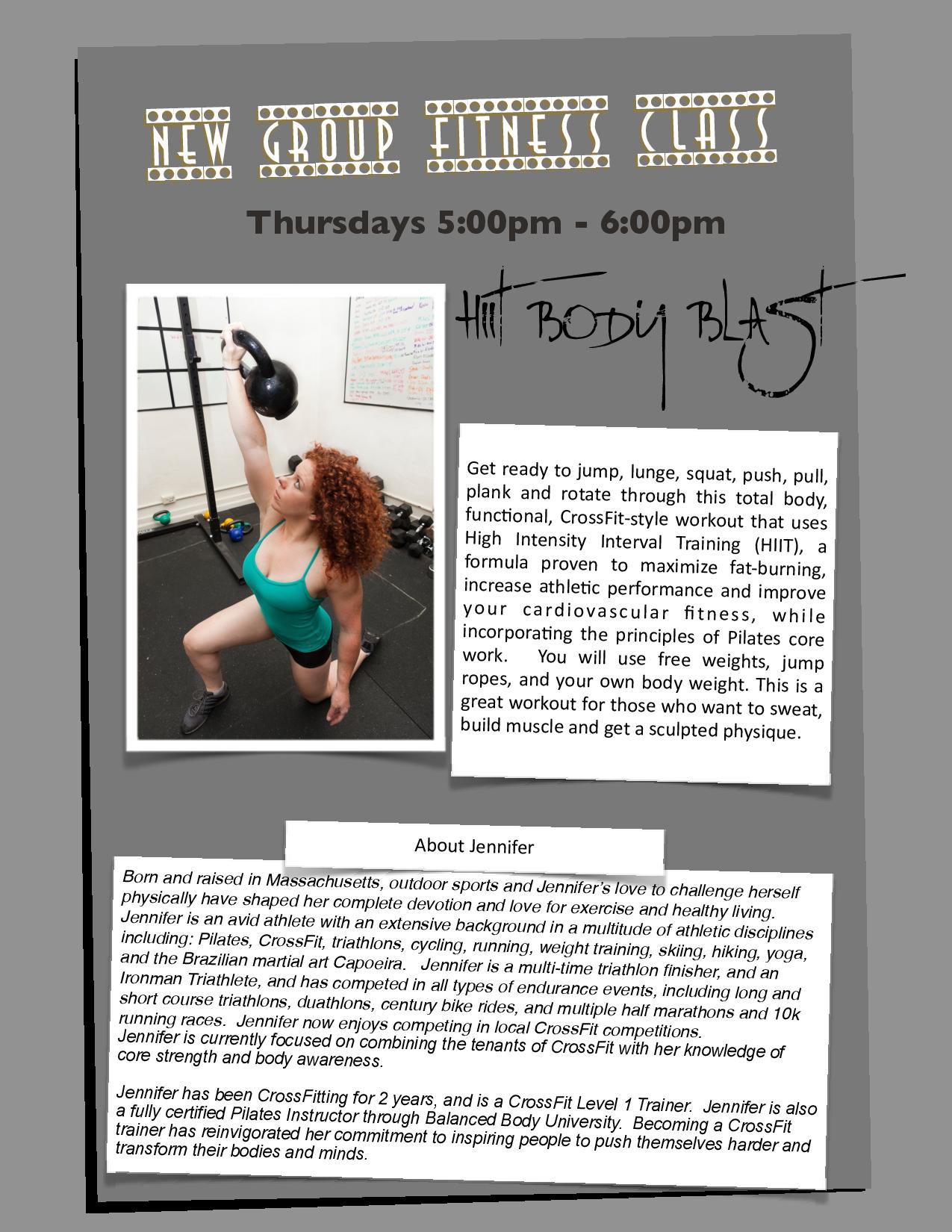To see original blog posting and for more information on CrossFit, please see:http://unitedbarbell.com/blog/577/Muscle%20Control%20with%20UB
by Jennifer Lynne Bearse

As athletes we all love to focus on maximizing our Sport-Specific Skills, like mastering overhead squats, deadlifts, pull ups, muscle ups, or running faster. However we often fail to realize that focusing on the bottom of the pyramid (i.e., movement potential) will make obtaining our desired skills easier because it gives us more to work with, hone and implement.
Of course, if you want to run faster, you must spend time working on your sprint mechanics and actually running. But, if you have tight hips, imbalances between your right and left side, a weak core, and no upper body strength, you are never going to maximize your speed potential – period.
So how does mobility and stability fit into the overall definition of being fit? An article in the CrossFit Journal discusses the ten general characteristics of fitness—strength, endurance, stamina, power, speed, coordination, accuracy, balance, agility, and flexibility/mobility. Of all of these characteristics, a person’s flexibility/mobility has the greatest capacity to limit the other nine.
Creating a mobility regimen with movements like those found in pilates can greatly enhance your strength and power in Crossfit as well as in general. In fact, CrossFit and Pilates are quite complimentary with common philosophies.
Pilates is an exercise system developed in the early 20th century by a former gymnast and boxer named Joseph Pilates. The main goal is to return bodies to a functional level, strengthen the muscular system from the core, with an emphasis on the postural and stabilizing muscles. By doing so Pilates strengthens muscles, increases flexibility, and improves balance and coordination as well as overall health. Every exercise is performed with attention to breath, form, and efficient movement patterns.
In order to become a better athlete, and perform better in life, you need both mobility and stability (strength, skill and control) in every single joint in your body. Many of us, unfortunately, have lost proper mobility and movement to careers as desk jockeys and consequently are left with imbalances and dysfunctions. Pilates can help you to restore your body and build awareness of your movement through space, life, and sport to create a more functional, more efficient you. Mobility must come first, and then the development of strength and speed. Addressing and correcting joint issues and imbalances is also important for injury prevention. Pilates is one way to help you learn to activate your core, stabilize your spine, shoulder region, and pelvis, become dynamically flexible, engage your neuromuscular system, learn to engage the posterior chain of your body, and create proprioception, which will all ultimately enhance your ability to become a stronger, fitter, and faster CrossFit athlete.
Of course, these concepts are best learned in a class or private sessions. But for those of you unable to access private or group Pilates training, here are some simple and effective ways to incorporate some basic principles into your routine:
- Be aware of favoring your left vs. right side in any weight bearing or squatting movements. Most tend to be right dominant. Don’t forget about that left leg!
- Stay grounded in your heals in all of your lifts. Avoid the urge to come up onto your toes! Make sure that you have a strong posterior chain connection, engaging your muscles starting at your heel cable up through your hamstrings, adductors (inner thighs), and glutes. Don’t let those quads take over!
- Keep your shoulders away from ears (at all times), but especially when performing exercises where the barbell is on your back, and be aware of your posture.
- Use your core in all movements. Stabilize yourself by pulling your belly button into your spin before you move, and move with control.
- Start paying attention to your alignment and your biomechanics in your feet. How do you walk or run? Do your feet point in or out? Do you walk or run on the inside or outside of your feet? If your biomechanics are off, the body’s weight and stress enter the foot at a time when it is not prepared to receive it. The foot is not stable; bones move in abnormal directions with abnormal forces magnified into the knee, hip and back. The result can be muscle fatigue, internal inflammation of tissues, and/or postural discomfort. Correcting alignment issues in the feet that can increase your speed and efficiency as a runner.
Good luck, and remember, it all starts from the core!




